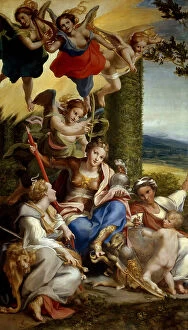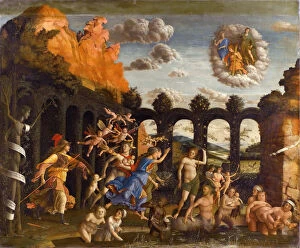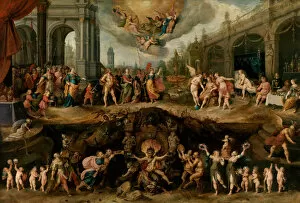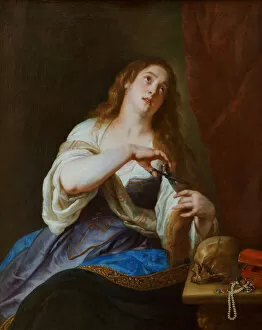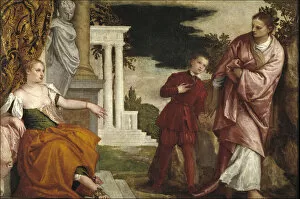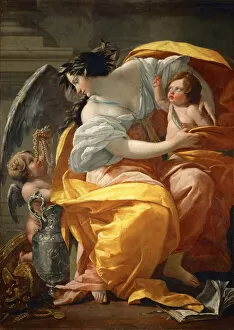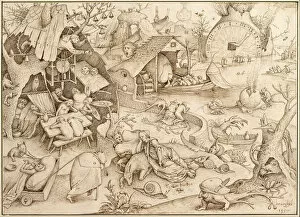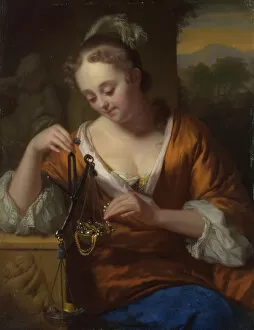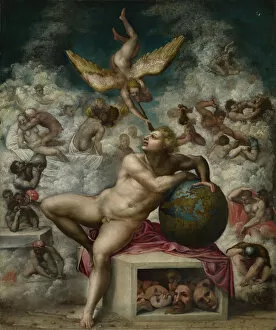Vainglory Collection
"Vainglory: The Battle Between Virtue and Vice" In the realm of art, a timeless struggle unfolds between the forces of good and evil
All Professionally Made to Order for Quick Shipping
"Vainglory: The Battle Between Virtue and Vice" In the realm of art, a timeless struggle unfolds between the forces of good and evil. Through masterpieces created by renowned artists from different eras, we witness the eternal conflict between virtue and vice. The journey begins with Pesellino's "The Seven Virtues, " painted in 1450, where courage, justice, prudence, temperance, faith, hope, and charity stand as beacons of righteousness. Yet lurking in the shadows are "The Seven Deadly Sins, " depicted by Bosch in his enigmatic style. Minerva Expelling the Vices from the Garden of Virtue by Mantegna portrays a triumphant moment when purity triumphs over corruption. Tintoretto's Prosperity reveals that true wealth lies not in material possessions but in moral integrity. Crayer's Repentant Mary Magdalene reminds us that even those who have strayed can find redemption through remorse and transformation. Veronese captures a young man torn between virtue and vice—an internal battle faced by many. Simon Vouet's Allegory of Wealth warns against succumbing to greed while Bruegel exposes Acedia (Sloth) as one of humanity's greatest pitfalls. Pisanello presents an Allegory of Luxuria that cautions against indulgence without restraint. Guidi's The Seven Virtues reiterates their importance as guiding principles for leading a meaningful life. Finally, Schalcken depicts an allegorical struggle between Virtue and Riches—a reminder that material gain should never overshadow moral values. Through these captivating artworks spanning centuries, vainglory is exposed as an empty pursuit—superficial pride devoid of substance or lasting fulfillment. As viewers immerse themselves in this visual narrative showcasing both lightness and darkness within human nature they can compelled to reflect on their own choices—to embrace virtue or succumb to vice.


